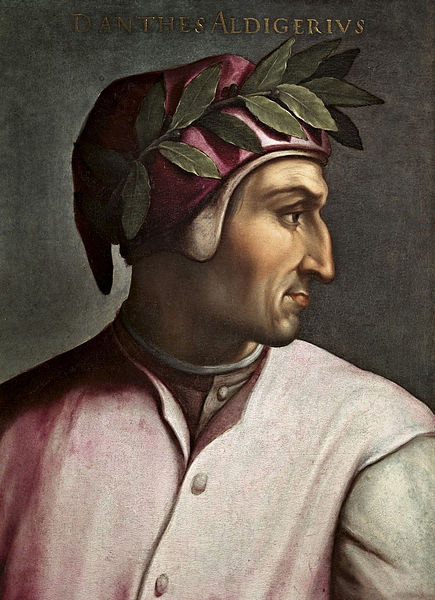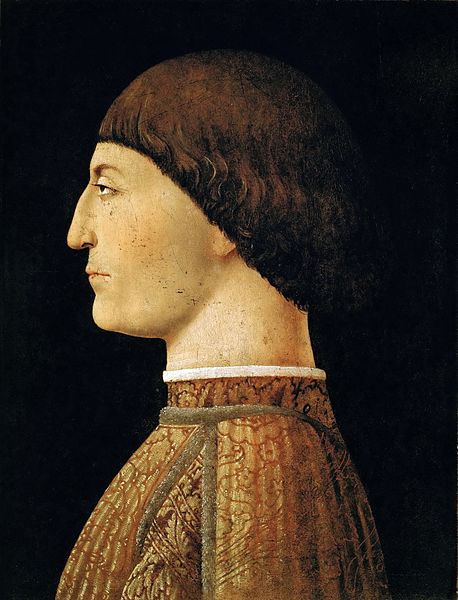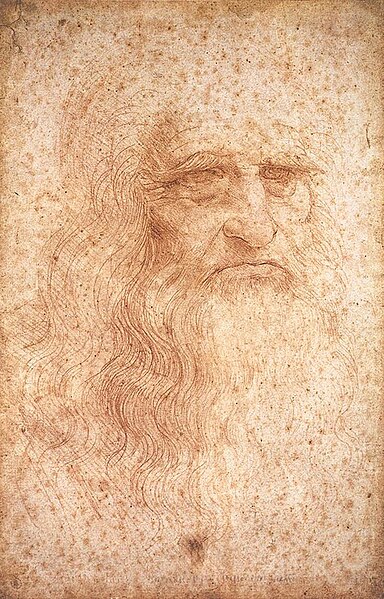Pietro Perugino, an Italian Renaissance painter of the Umbrian school, developed some of the qualities that found classic expression in the High Renaissance. Raphael became his most famous pupil.
Self-portrait, 1497–1500
The Delivery of the Keys fresco, 1481–1482, Sistine Chapel, Rome
God the Father and angels by Pietro Perugino on the ceiling of Stanza dell'Incendio del Borgo
Pietà, c. 1490
The Italian Renaissance was a period in Italian history covering the 15th and 16th centuries. The period is known for the initial development of the broader Renaissance culture that spread across Western Europe and marked the transition from the Middle Ages to modernity. Proponents of a "long Renaissance" argue that it started around the year 1300 and lasted until about 1600. In some fields, a Proto-Renaissance, beginning around 1250, is typically accepted. The French word renaissance means "rebirth", and defines the period as one of cultural revival and renewed interest in classical antiquity after the centuries during what Renaissance humanists labelled as the "Dark Ages". The Italian Renaissance historian Giorgio Vasari used the term rinascita ("rebirth") in his Lives of the Most Excellent Painters, Sculptors, and Architects in 1550, but the concept became widespread only in the 19th century, after the work of scholars such as Jules Michelet and Jacob Burckhardt.

Portrait of Dante Alighieri by Cristofano dell'Altissimo, Uffizi Gallery Florence, 1552–1568
Pandolfo Malatesta (1417–1468), lord of Rimini, by Piero della Francesca. Malatesta was a capable condottiere, following the tradition of his family. He was hired by the Venetians to fight against the Turks (unsuccessfully) in 1465, and was the patron of Leone Battista Alberti, whose Tempio Malatestiano at Rimini is one of the first entirely classical buildings of the Renaissance.
Portrait of Cosimo de' Medici by Jacopo Pontormo (ca. 1518–1520)
Leonardo da Vinci, Italian Renaissance Man, 1512








